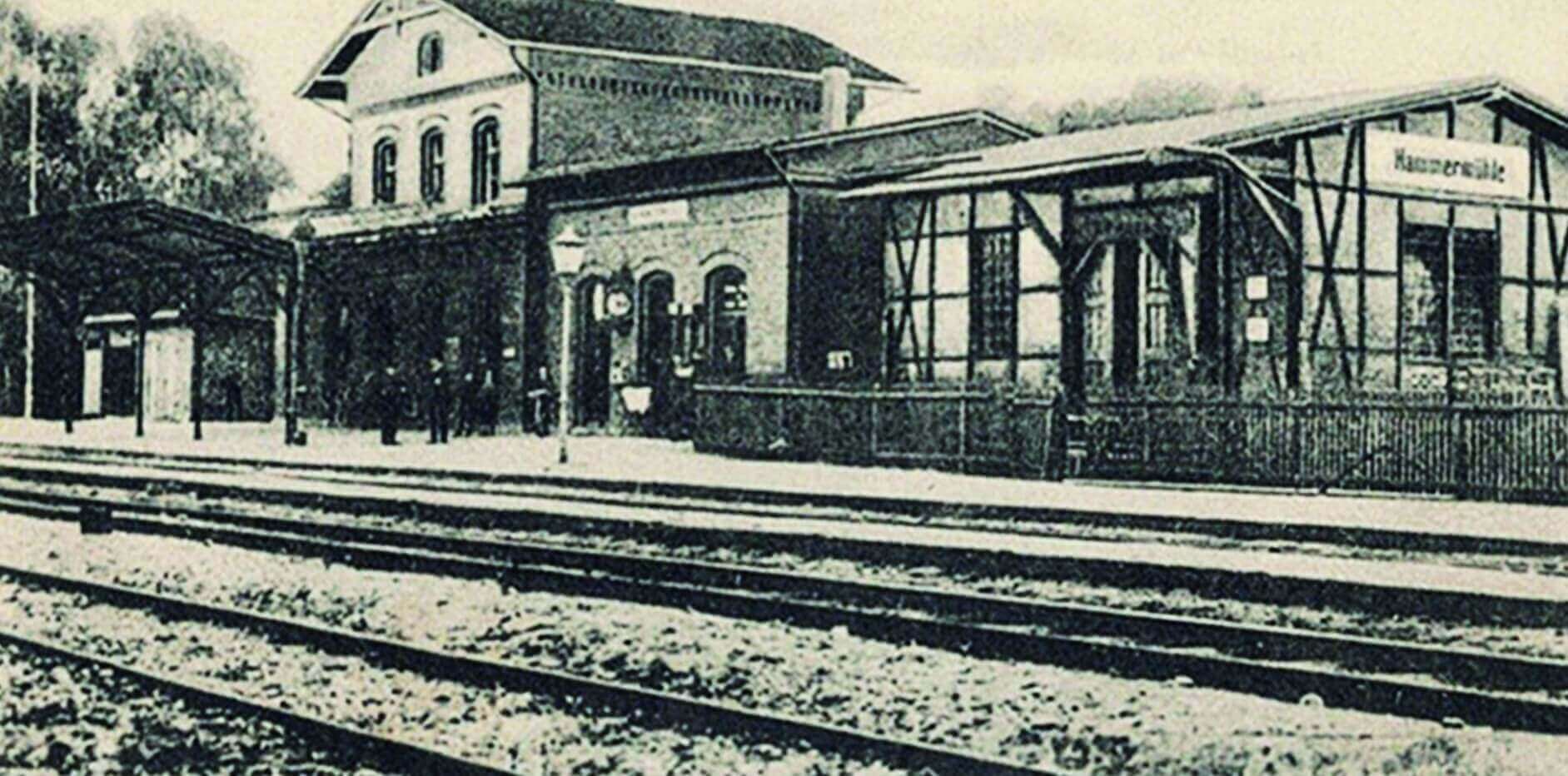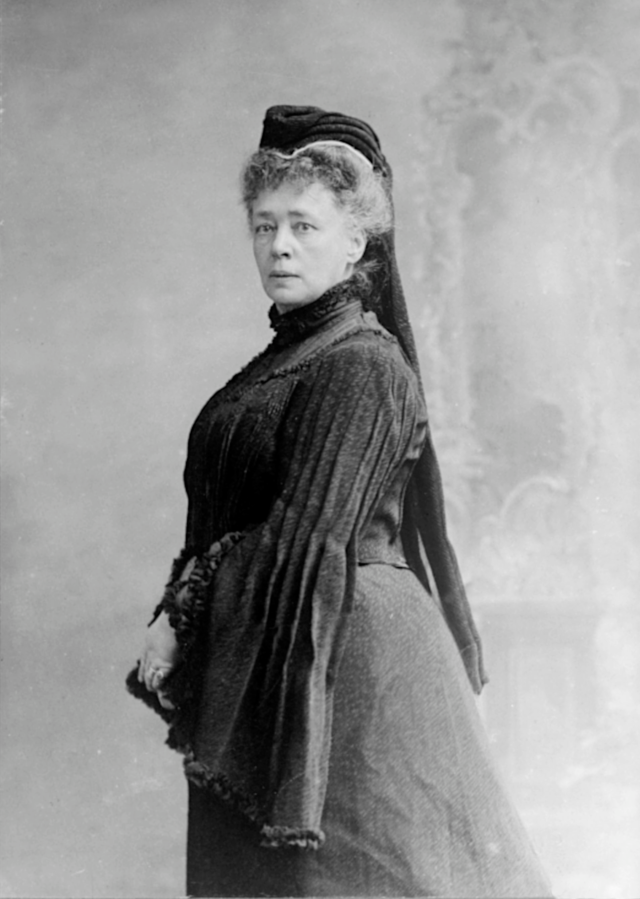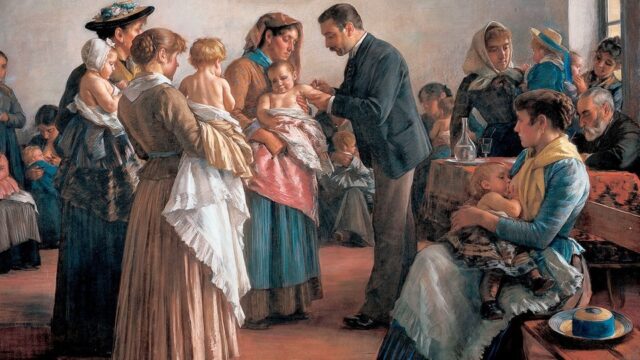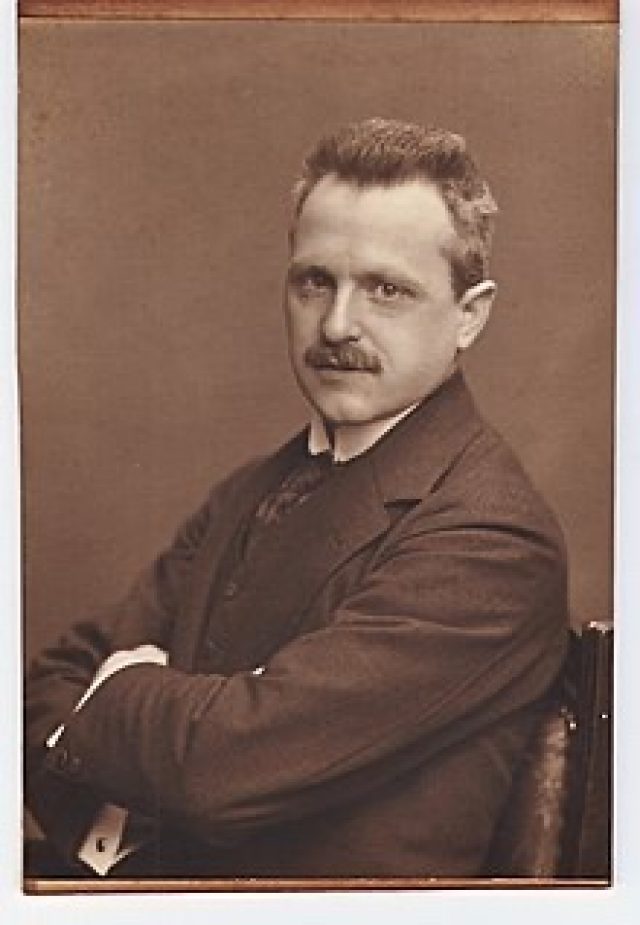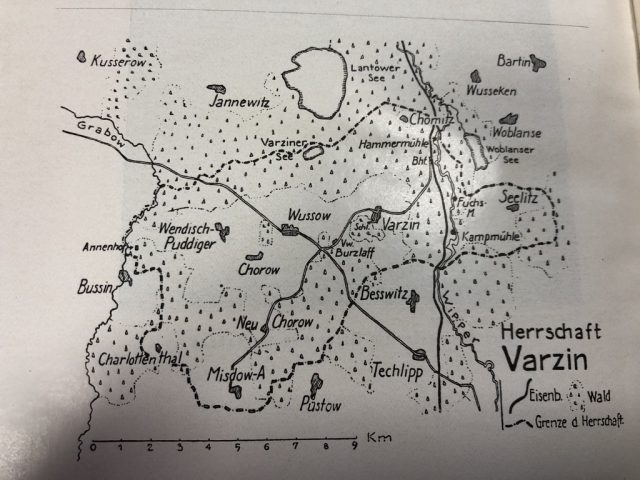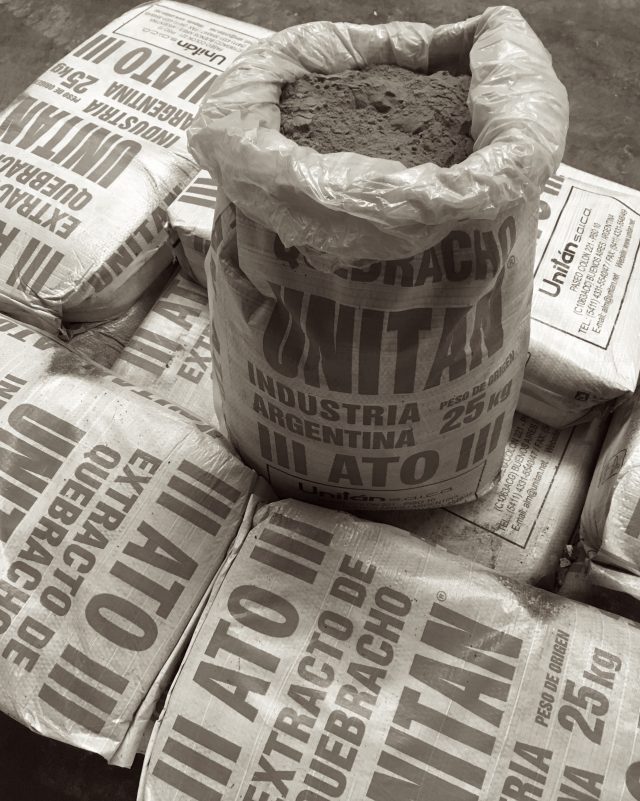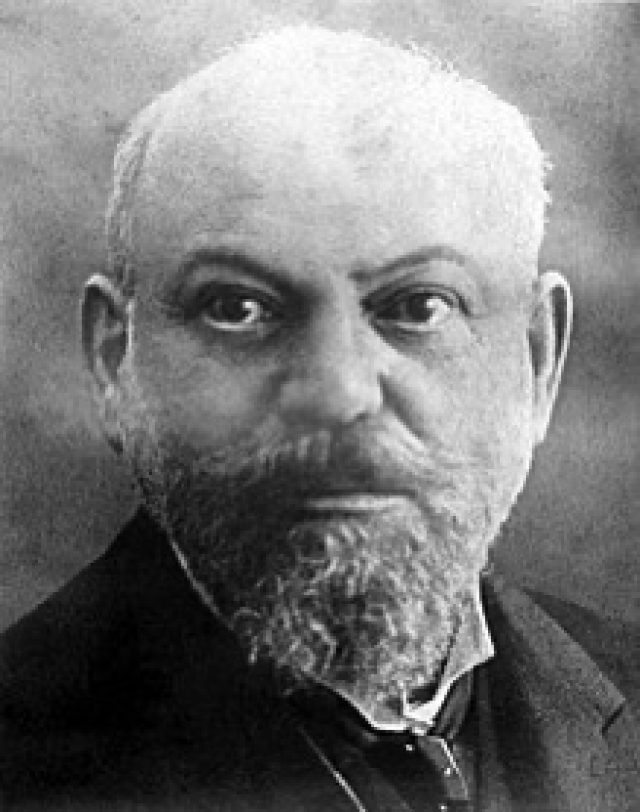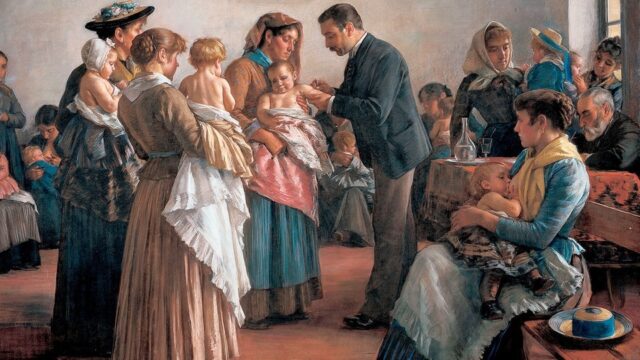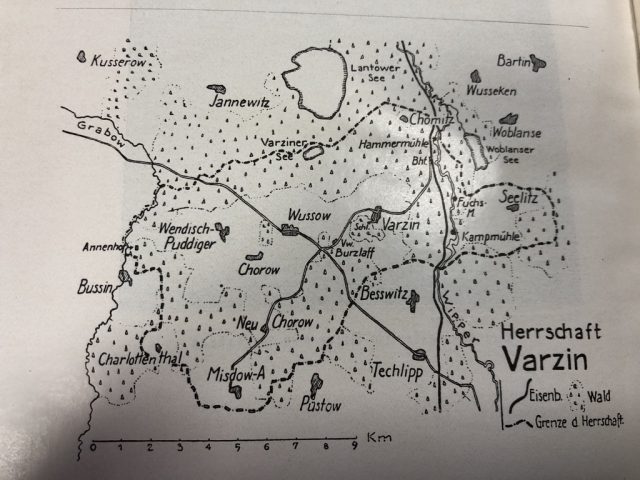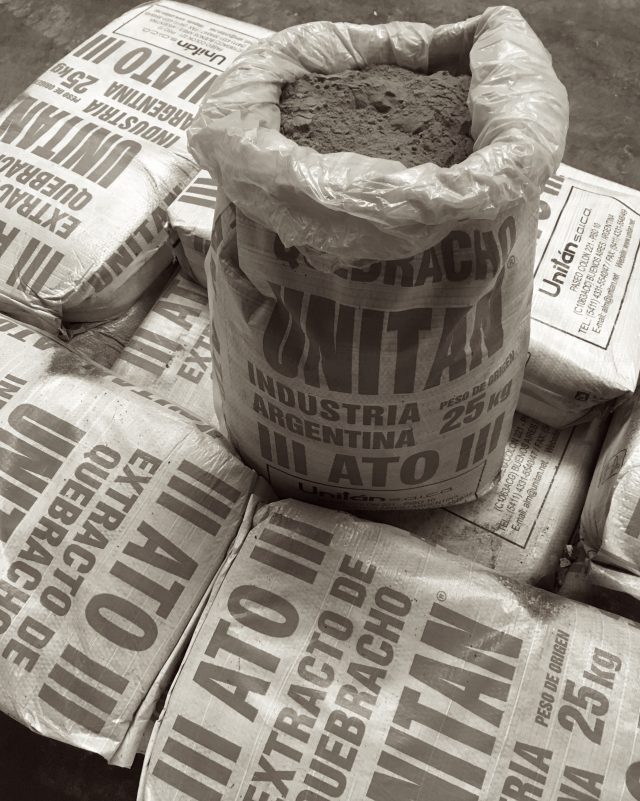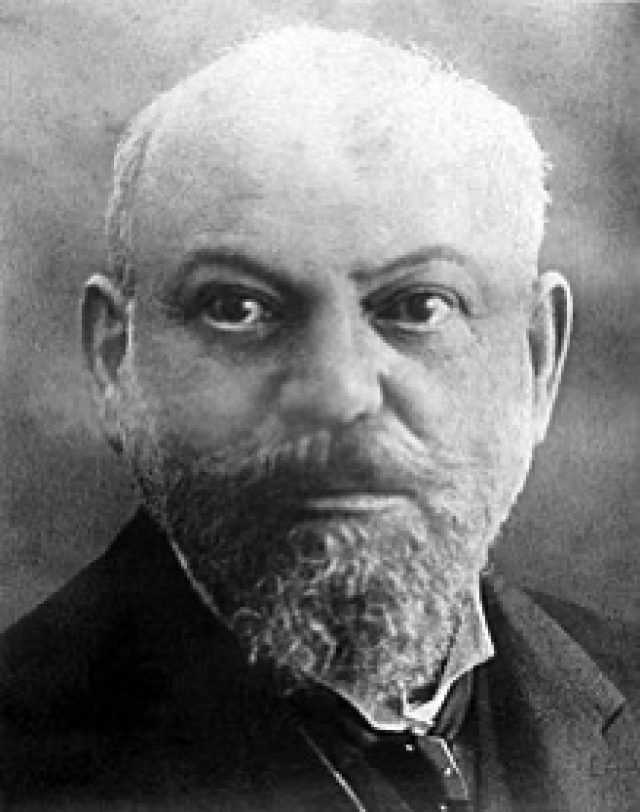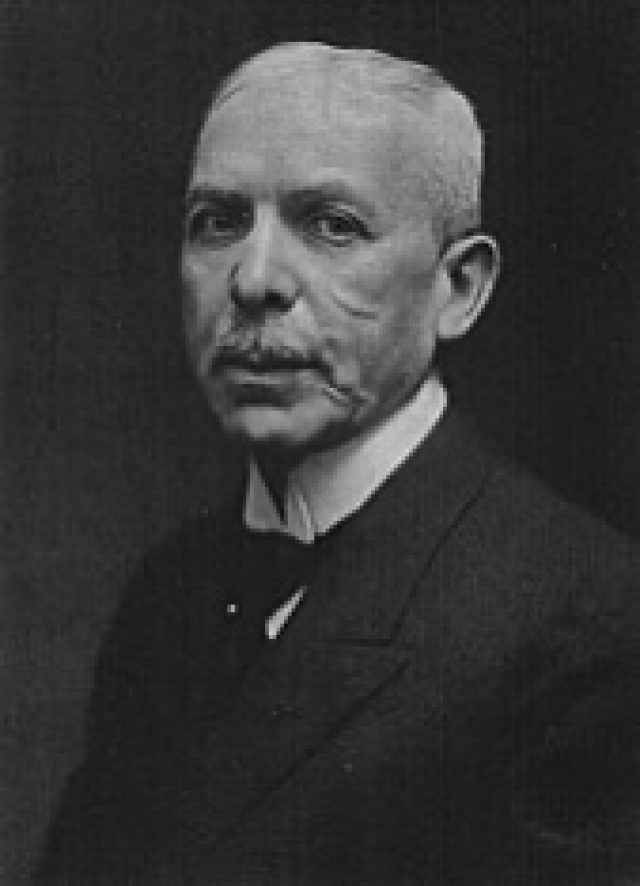The “Know How” emigrated from Warcino
… with the capital from the stock market the way to America lies open. Ernst Behrend, the son of Moritz Behrend, travelled already in 1886 to America. Moritz and his wife Rebecca moved later to him in 1898 and a new paper mill was established in Erie, state of Pennsylvania. On May 11, 1899 the Hammermill Paper Company was founded. The paper production started on October 24th, 1899. For the first time, writing paper is produced from cellulose fibres and a watermarking process is developed.[2]
Otto von Bismarck †
… on July 30, 1898 Otto von Bismarck passed away in Friedrichsruh near Aumühle. His youngest son, Wilhelm von Bismarck (1852 – 1901) inherited the property in Varzin (Warcino). He was married to his cousin Sibylle von Arnim. On May 30, 1901 Wilhelm von Bismarck died in Warcino. Sibylle von Bismarck also passed away there on March 1945. After 1921, Count Nikolaus von Bismarck took over the business in Warcino. In 1940, the property went to his son Rule von Bismarck. He passed away on December 1, 1991 in Chile.
Varziner Papierfabrik “Hammermühle” became a joint-stock company
…shareholders are: Otto von Bismarck, Kaiser Wilhelm II. and the later Reich Chancellor Bühlow.
Tanning schools are founded
… after Vienna and Copenhagen, in 1889 the first German tanning school was founded in Freiberg (Saxony). In 1897 a laboratory for leather was added.
Bertha von Suttner
… Bertha von Suttner (1843-1914) was a pacifist and the first woman to be awarded the Nobel Peace Prize in 1905. In Autumn of 1889 her novel “Lay Down Your Arms” (“Die Waffen nieder!”) was published – it is considered to be one of the most important works of anti-war litarature. The tragedy of war is described in the course of events of three Wars of German Unifications. [13]
“Hammermühle” on fire
… Moritz Behrend invested more than 1 million Reichsmark to rebuild and modernize the burned factory. A daily production volume of up to 15 tons of paper made the mill one of the most productive in Germany. The production continued to increase in the following years and the leasing amounts reached very profitable sums. [2]
The Berlin Conference
…the Berlin Conference (Berlin West Africa Conference) took place in the Reichskanzlerpalais in Berlin from November 15, 1884 to February 26, 1885. As Germany started to exert internal pressure on Bismarck, the chancellor was forced to put more interest on the colonial aspects. Although in 1881 Bismack stated: “As long as I am the German Chancellor, we won’t do any colonial policy. We have a fleet, that cannot drive and we should not have any vulnerable points in the distant parts of the world which can fall prey to the Frenchmen when it all starts.”
The European powers tried to set new rules for a free trade on the Niger and Congo rivers. The outcome of the conference was the Great Act which can be seen as the basis for the colonial partition of Africa (Scramble of Africa). [10]
Until now shoes were made from two pairs of the same shape
… the English shoe manufacturer “Church’s” introduces the first pair of shoes with a different shape for the left and right shoe – model Adapted, won the Gold Medal at the Great Exhibition in 1884.
Bismarck quote: Speech to the Reichstag
… on June 12, 1882 … “The majority has many hearts but for one”
Hammermühle develops
… Hammermühle received a rail connection on the Słupsk – Miastko line. A distillery opened in 1879, processing a large part of the harvested potatoes. The area evolved in all craftsmanship directions. In 1880 Moritz Behrend became the sole owner of Hammermühle and Kampmühle. Georg Behrend announced his bankruptcy. In 1883 a school and a train station were built.
The Association of German Upholsterer and Specialists (Verband der deutschen Tapezierer und Fachgenossen)
… the organization was established alongside the General German Saddler Association (Allgemeiner Deutscher Sattler Verein 1872). Bismarck’s Anti-Socialist Laws banned both organizations. Years later, there were many other associations that allow a general union of saddlers, upholsterers, bookbinders and fine bag-makers. These associations were active until 1933. After 1945 the new leather union emerged from them. [5]
Mandatory vaccinations introduced by Bismarck
… on April 8, 1874 mandatory smallpox vaccinations are indtoduced with “Reichsimpfgesetz” (Vaccination Act).
§ 14 was applicable in case of the breach of the vaccination obligation: 3 days in prison or 50 Mark fine.[12]
Edmund Stiasny – Professor at the Institute for Tanning Chemistry an later the Director of the Leather Institute in Darmstadt
… on September 30, 1872 Edmund Stiasny was born, as the son of a glove manufacturer in Vienna. He became internationally famous for his invention of the first synthetic tanning agents. The patent was used by BASF under the name Neradol D. Up to 5% tannin solution was added to the product – it accelerated the tanning process and brightened the colour.[4]
Goodyear welted – a revolution in men’s shoes manufacturing
… Andreas Eppler invented and Charles Goodyear Jr. patented the mechanical shoe manufacturing method. The two bottom soles of the shoe are stitched together by use of the Goodyear plunging machine and the Goodyear doubling machine.[3]
Otto von Bismarck and the proclamation of the German Empire
… on January 18, 1871 the German Empire was proclaimed in Versailles. Otto von Bismarck successfully led Prussia through the wars of unification, which ended with his victory in the Franco-Prussian War (1870/71). The particularism was finally over and Otto von Bismarck was appointed as the first Imperial Chancellor.
Dark clouds over Hammermühle
… Bismarck instructed his banker Bleichröder to open a special account… in order to secure the construction of the company in the first place. Bleichröder was very sceptical towards the brothers, because of their poor payment behavior. There was a bad mood between Bismarck and the brothers. Bleichröder acted as an intermediary between the parties.[2]
Otto von Bismarck continued to expand
… on April 4, 1870 another contract for the construction of the next plant was signed with Moritz and Georg Behrend. The permission for the use of required wood stocks of Hammermühle (Kępice) was released in November. A hydropower-driven pulp mill was later built in Kampmühle (Kruszka).[2] This was an early industrial development of the area. The April 4th can be named as the founding date of today’s Kępice.
Otto von Bismarck acquired areas close to the river and made contracts
… on April 1, 1868 Otto von Bismarck purchased the burned down “Fuchsmühle” on the river bank in Kruszka. It was a former drop-hammer forge, which became a woollen mill and subsequently got converted into a wood grinding shop. On October 8, 1868 a 20 year lease agreement for the “Fuchsmühle” (Kruszka) was signed with the Behrend brothers. The father of the brothers (Bernhard Behrend) had already a thriving paper mill in Köslin (Koszalin). According to Bismarck and his advisors, this transaction brought them a high level of skills in the trade of papermaking.[2]
Ernst Westphal as the district administrator
… with the income of 400 thaler, free housing and firing, Ernst Westphal became the district administrator for the Varzin estate. The sizable area of 32.500 morg (acres) of land and 17.000 morg (acres) of forest included Varzin (Warcino), Wussow (Osowo), Wendisch-Puddiger (Podgóry), Misdow (Mzdowo), Charlottenthal (Wądół), Chomnitz (Chomnica), Hammermühle (Kępice) and later also Seelitz (Żelice), Chorrow (Chorów) and Fuchsmühle (Kruszka).[9]
Otto von Bismarck bought Varzin
… on June 7, 1867 the estate in Varzin (Warcino) in western Pomerania was sold to Otto von Bismarck. The previous owner of the estate was Werner Ewald von Blumenthal.[2]
A new tanning agent – Quebracho – was introduced from South American colonies
… at that time quebracho was one of the most important tanning agents. It originates from the regions of Argentina, Paraguay and Brazil. The dark red-brown heartwood contains approx. 20% light sensitive tannins. Quebracho tanned leather is reddish brown, firm and heavy (sole leather).
Bismarck quote: about the 1866 war
… “It took me just as much effort to bring the King to and out of Austria” – by the occasion of the 1866 war; at first Bismarck didn’t want the war and then he didn’t want the soft peace …
German Unification Wars
… the two first wars of German unification took place in 1864 and 1866. In 1864 Prussia and Austria won against the Kingdom of Denmark. In the Treaty of Vienna Schleswig Holstein fell to Prussia. In 1866 the German Confederation defeated the Austrian Empire. Prussia continued to grow under the leadership of Otto von Bismarck. For the victory in 1866, the King of Prussia – Wilhelm I. awarded Bismarck with a grant of 400.000 thaler with the condition to invest it in landed property.[2]
Adolf Gottstein - grandson of Bernhard Behrend
… on November 2, 1857 Adolf Gottstein († 03.03.1941) was born in Wrocław as the first child of Emanuel and Rosa Gottstein, née Behrend (sister of Moritz and Georg Behrend). He was the younger brother of Leo Gottstein. Adolf Gottstein turned at an early stage towards epidemiological and medical statistic studies. He can be accounted to one of the founders of social hygiene.[1]
Leo Gottstein - a German industrialist
… on May 26, 1850 Leo Gottstein was born in Wrocław. He was married to Hedwig Behrend, a daughter of Moritz Behrend. Leo Gottstein has founded several pulp mills, including the “Śląska Fabryka Celulozy Siarczynowej Feldmühle” and participated in the foundation of the “Pomorska Celuloza SA” in Skolwin near Szczecin. The Gottsteins came from an old merchant family and were the ownes of a fur trading company and of an important fur factory in Wrocław afterwards.[1]
Bernhard Behrend
… Bernhard Behrend (father of Rosa, Moritz and Georg Behrend) purchased a paper mill in Koszalin and with that began the success story of papermaking in Pommerania.
